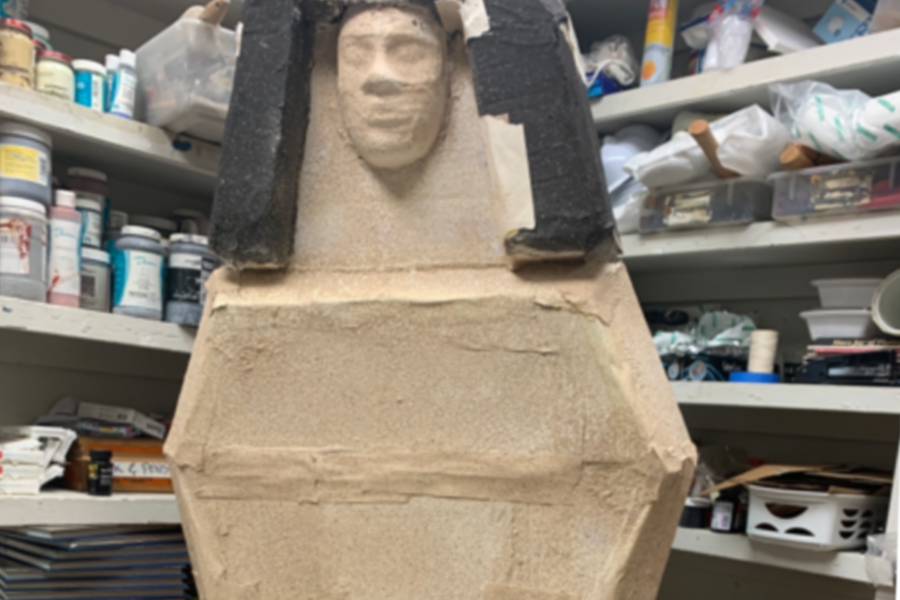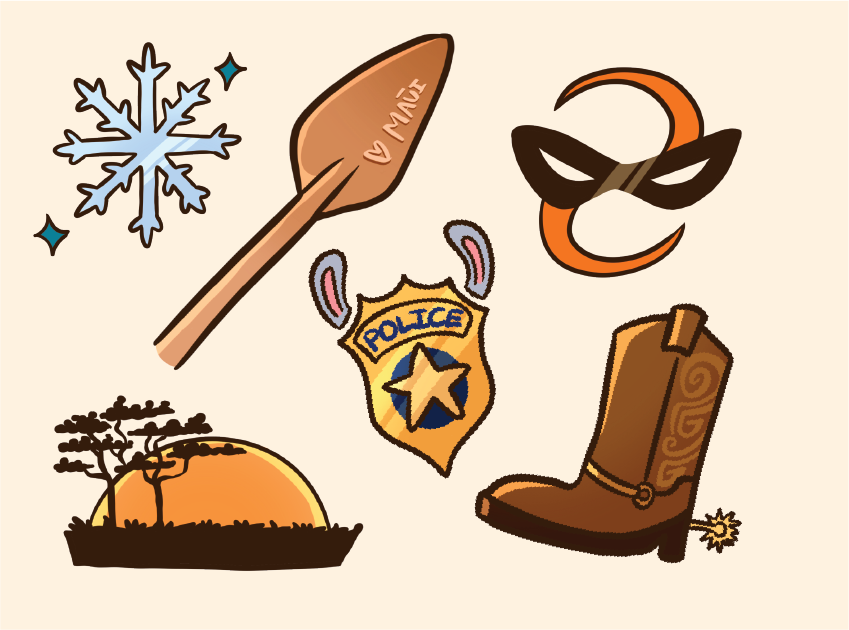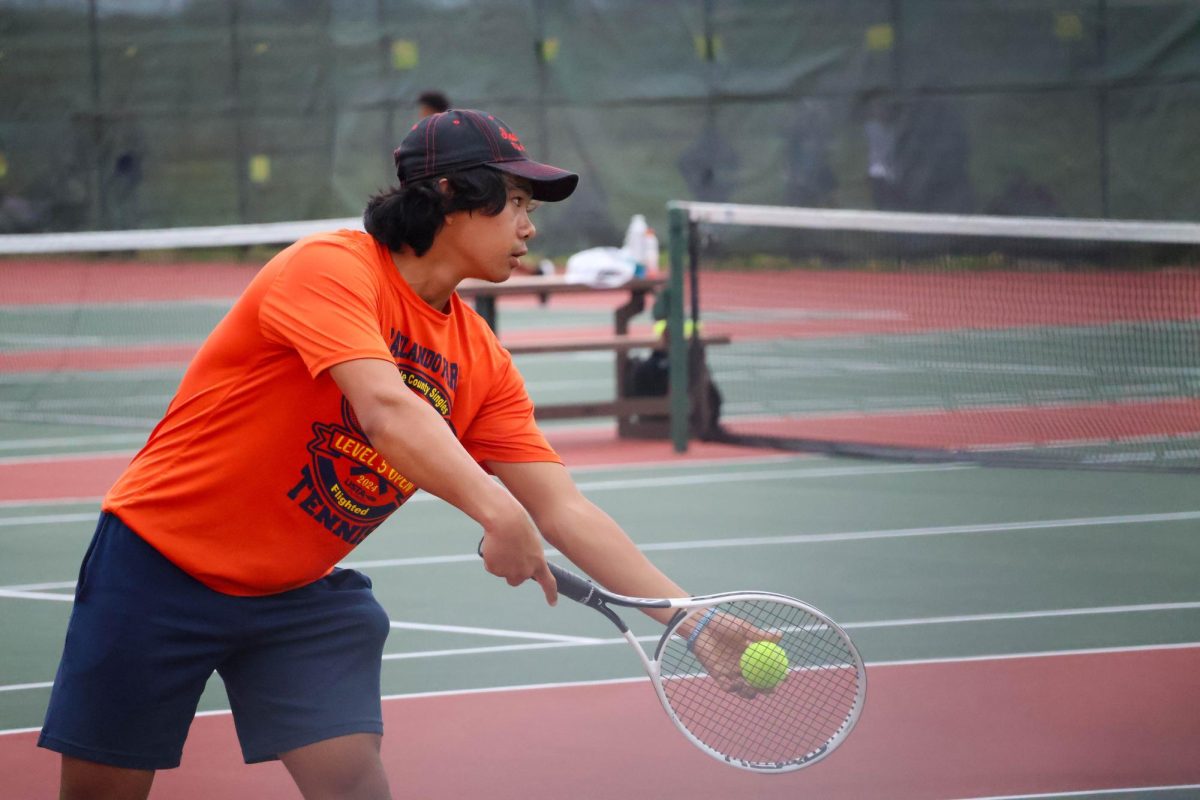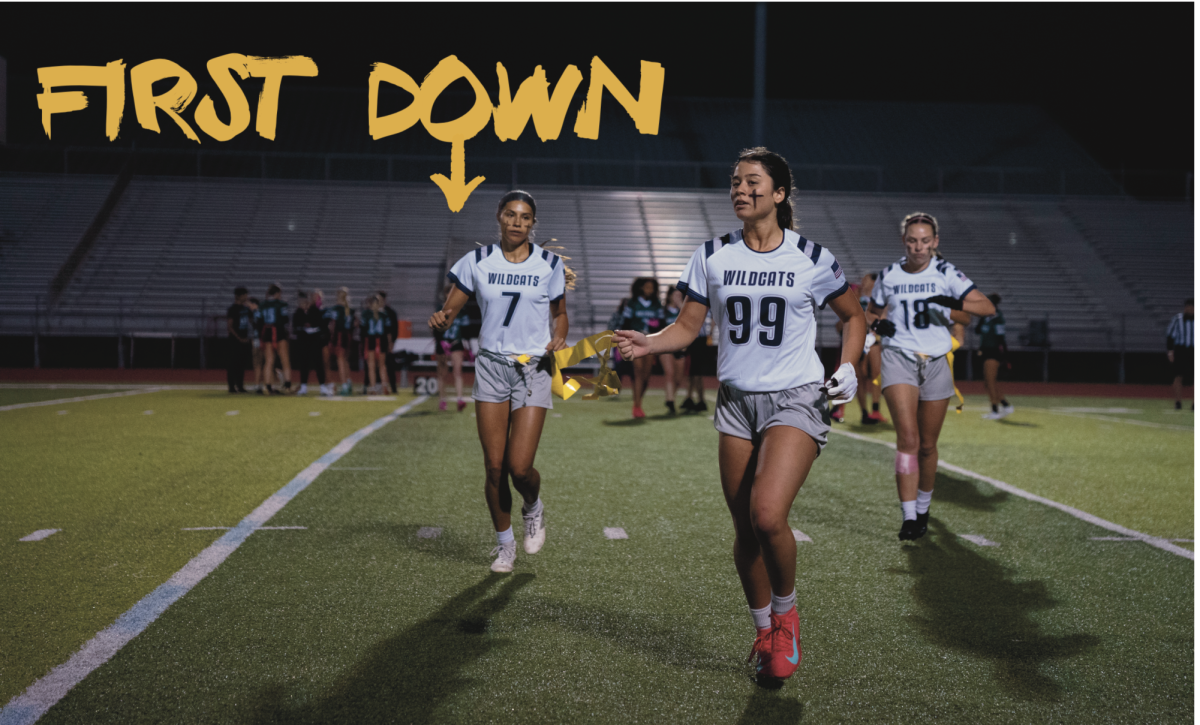In the New York Jets’ first game of the 2023 NFL season, Aaron Rodgers stepped onto the firm synthetic turf of MetLife Stadium in East Rutherford, New Jersey. The veteran quarterback was a spark of hope for the long-suffering fans of the team, who watched lost seasons go by year after year under the helm of QBs like Zach Wilson and Sam Darnold.
His Achilles tendon snapped into two pieces on his fourth play of the game. The 40-year-old quarterback’s season was over before it even started.
Without a doubt, this injury was caused at least in part by the artificial playing surface installed in MetLife Stadium. His injury lit a flame which began a crusade by the NFL Player Association to set the record straight to teams’ owners: players prefer grass. A survey conducted by the NFLPA that included 1,700 respondents had a 92 percent response rate of players saying they preferred to play on high-quality grass rather than synthetic turf. If professional athletes are not willing to play on synthetic turf fields, why are high schools permitting student-athletes to?
While West Shore’s playing field is composed solely of natural grass, when athletes travel to surrounding schools, like Melbourne, Palm Bay, Merritt Island, Holy Trinity or MCC, they face a heightened risk of suffering season-wrecking non-contact leg injuries. The stiff playing surface lacks the give-and-take that natural grass offers. Where natural grass and soil rips from the ground when an athlete exerts high pressure on a spot of grass, synthetic turf stays put. The resulting high friction leads to a 28 percent higher rate of non-contact leg injuries on turf, including a staggering 69 percent higher rate of foot and ankle injuries, according to an independent study based on NFL data.
The English Premier League, widely known as the highest quality soccer association in the world, banned artificial turf surfaces in 1995. Soccer’s dynamic nature of athletes making agile moves creates loads of friction between them and the ground they play on. Ligament tears near pivotal joints, like the knees, ankle, and feet, are significantly more common on artificial turf. The friction created on natural grass fields sacrifices blades of grass rather than the ligaments and athletic futures of young athletes.
The other two sports played on outdoor fields in Florida are football and lacrosse, contact-heavy sports which see players hitting the ground nearly every play. While these players are helmeted, they still face the risk of their heads hitting the ground without cushioning, smashing the player’s brains against their own skulls. On artificial turf, concussions and head injuries are likely to be more significant due to turf’s nature as a harder playing surface than soft natural grass.
When athletes suffer these types of injuries due to turf’s inherent nature as a playing surface, their careers are derailed forever. Many can never reach the same level of ability or fitness that they exhibited before their injury, especially in cases of serious injury such as ACL or Achilles tears.
By allowing high-school student-athletes to play on artificial turf high-school athletic associations put the athletes they are supposed to provide for in jeopardy. While turf fields allow schools to cut down on some maintenance costs, the monetary savings are not worth endangering student-athletes with bright futures ahead of them. Cutting costs at risk of high schoolers is unethical, and high schools’ carelessness to allow their athletes to play on turf surfaces illustrates the detachment between schools and their athletes. From high schoolers all the way up to Aaron Rodgers, turf’s adverse effects cast a dark shadow onto the world of sports.
Categories:
Tough turf
Synthetic fields pose unnecessary danger to student-athletes
Eighth-grader Tana Burgreen shields the ball from a Melbourne defender in a 3-0 away win on Nov. 29. “I hate playing on turf,” Burgreen said. “It always cuts me up, and I feel more injury-prone.”
More to Discover
About the Contributors

Drew Newlin, Sports Editor
Whats up! I’m Drew and I am the sports editor for the Roar. I love playing and watching basketball but my heart belongs to the Jaguars so you’ll find me glued to the couch on Sundays. Sports coverage is my passion and I’d love to tell your story too! Say hey if you see me around!

Jack Grimison, Opinion Editor
Hi! I’m Jack Grimison, and I am the Roar’s Opinion Editor. I’m a junior and this is my second year on the Roar staff. I love to run, play soccer, surf, and anything else that gets me moving. I also really enjoy writing, reading, and listening to new music. Another great hobby of mine is reviewing food. I love animals, especially my pet cat, Comet.



















































